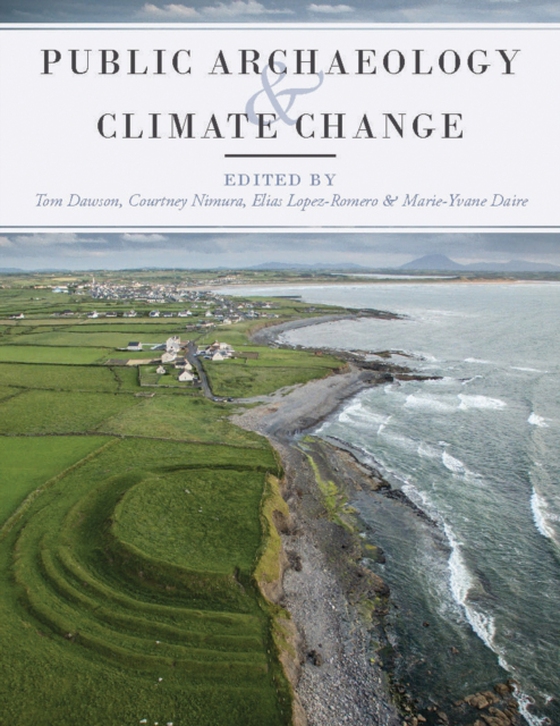
Public Archaeology and Climate Change e-bog
205,98 DKK
(inkl. moms 257,48 DKK)
Public Archaeology and Climate Change promotes new approaches to studying and managing sites threatened by climate change, specifically actions that engage communities or employ ‘citizen science’ initiatives. Researchers and heritage managers around the world are witnessing severe challenges and developing innovative mechanisms for dealing with them. Increasingly archaeologists are ...
E-bog
205,98 DKK
Forlag
Oxbow Books
Udgivet
31 oktober 2017
Længde
208 sider
Genrer
HD
Sprog
English
Format
epub
Beskyttelse
LCP
ISBN
9781785707056
Public Archaeology and Climate Change promotes new approaches to studying and managing sites threatened by climate change, specifically actions that engage communities or employ ‘citizen science’ initiatives. Researchers and heritage managers around the world are witnessing severe challenges and developing innovative mechanisms for dealing with them. Increasingly archaeologists are embracing practices learned from the natural heritage sector, which has long worked with the public in practical recording projects. By involving the public in projects and making data accessible, archaeologists are engaging society in the debate on threatened heritage and in wider discussions on climate change. Community involvement also underpins wider climate change adaptation strategies, and citizen science projects can help to influence and inform policy makers. Developing threats to heritage are being experienced around the world, and as this collection of papers will show, new partnerships and collaborations are crossing national boundaries. With examples from across the globe, this selection of 18 papers detail the scale of the problem through a variety of case studies. Together they demonstrate how heritage professionals, working in diverse environments and with distinctive archaeology, are engaging with the public to raise awareness of this threatened resource. Contributors examine differing responses and proactive methodologies for the protection, preservation and recording of sites at risk from natural forces and demonstrate how new approaches can better engage people with sites that are under increasing threat of destruction, thus contributing to the resilience of our shared heritage.
 Dansk
Dansk

